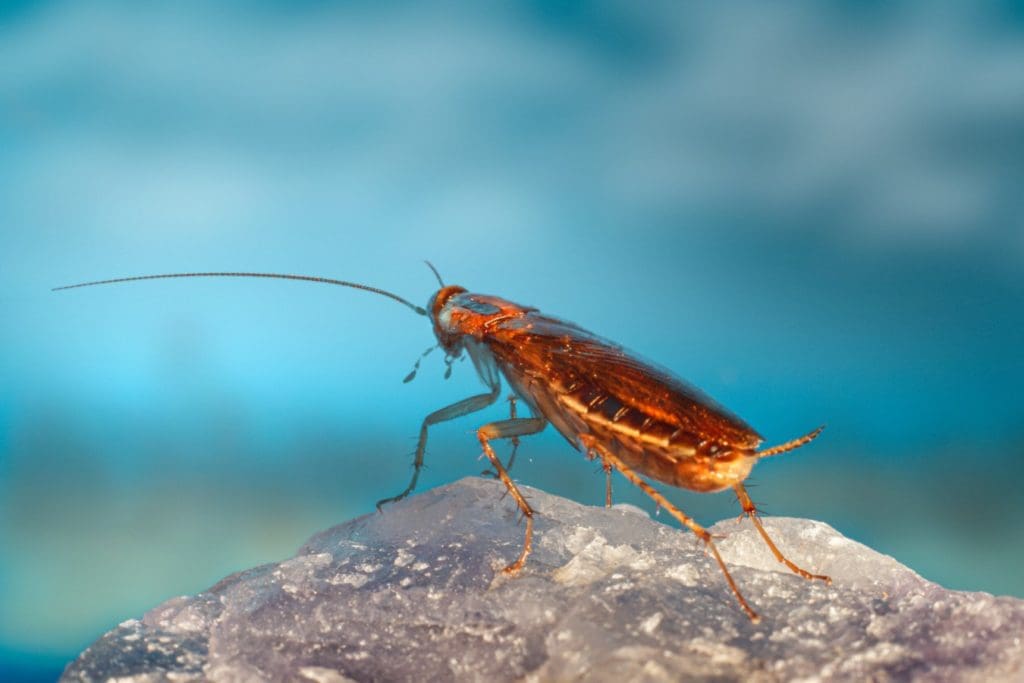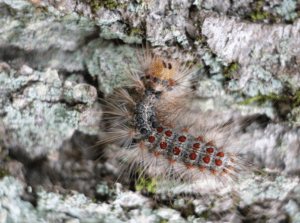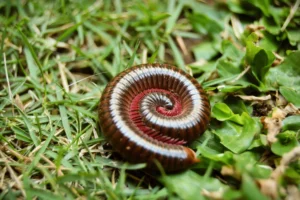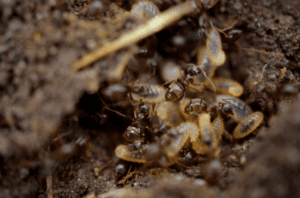
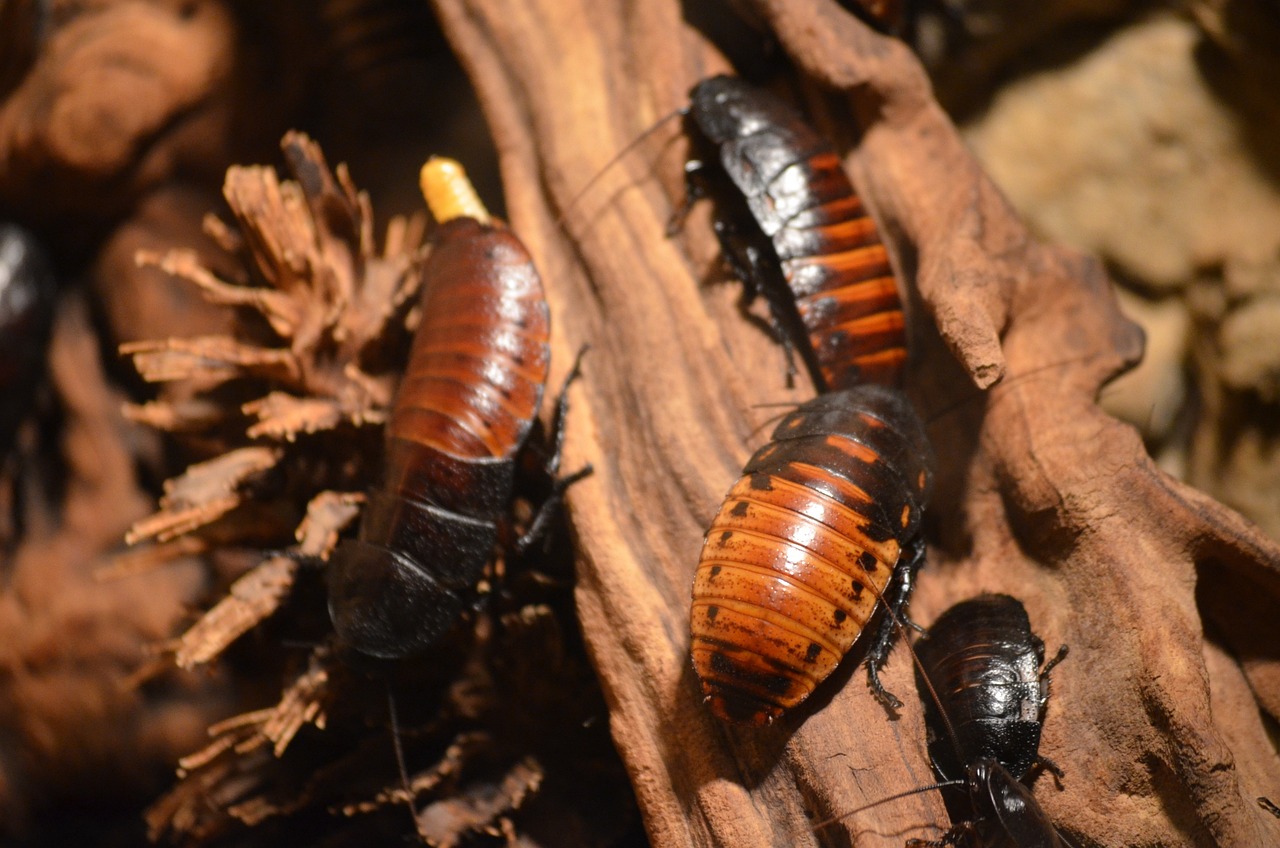
The cockroach, an ancient and resilient insect, boasts a life cycle marked by remarkable adaptations and survival strategies. Understanding this cycle offers invaluable insights into their behavior, proliferation, and effective control methods. This article delves into the intricacies of this cycle, exploring the stages from egg to adult, the environmental factors influencing development, and the implications for pest management.

Cockroach Egg
Cockroach eggs are small, oval-shaped capsules, typically about 5 mm in length. They have a brownish hue and are often grouped together in clusters known as oothecae. Females generally lay eggs during 10 months out of the year. They deposit these oothecae in secluded areas, such as cracks in walls, crevices, or beneath furniture. The eggs are usually laid in warm, dark, and humid environments, conducive to the survival of the developing embryos. Depending on the species, it takes roughly 1 to 2 months for the eggs to hatch. Once hatched, the young cockroaches, called nymphs, emerge from the oothecae and begin their journey into the world.Cockroach Nymph
Cockroach nymphs resemble miniature versions of adult cockroaches but lack fully developed wings. They are typically smaller, have softer exoskeletons, and often appear whitish or translucent before darkening with age. These nymphs usually hatch during warmer months, as temperature plays a crucial role in their development. They prefer hiding in dark, moist, and sheltered areas such as beneath sinks, behind appliances, or within cracks and crevices in walls. Cockroach nymphs are omnivorous scavengers, feeding on a variety of organic matter including food crumbs, decaying materials, and even book bindings or glue.Cockroach Adult
Adult cockroaches typically measure about 1 to 2 inches in length, with flat, oval-shaped bodies covered in a tough exoskeleton. They have long antennae and six spiny legs, with some species exhibiting wings, though not all are capable of sustained flight. Cockroaches are predominantly nocturnal creatures, preferring to dwell in warm, humid environments close to food and water sources. Common habitats include kitchens, bathrooms, basements, and areas with ample clutter. As opportunistic scavengers, they consume a wide array of organic matter, ranging from food scraps and grease to paper and even soap. Their adaptable nature allows them to thrive in various conditions, making them notoriously resilient pests in both urban and rural settings.How Do Cockroaches Reproduce?
Cockroach reproduction begins with courtship, where males initiate mating behaviors by emitting pheromones to attract females. Once a female accepts a mate, copulation occurs, during which the male transfers sperm to the female's reproductive system. Females then produce egg cases, known as oothecae, which they carry until they are ready to deposit them in a suitable environment. Oothecae are often concealed in secluded locations, safeguarding the eggs from predators and environmental factors. Depending on the species, a single ootheca can contain dozens to hundreds of eggs. After a period of incubation, typically ranging from a few weeks to a few months depending on environmental conditions, the eggs hatch into nymphs. These nymphs undergo multiple molts, gradually developing into mature, reproducing adults, thus completing the reproductive cycle.How Long Does It Take For A Roach To Grow
The duration of a cockroach's life cycle varies depending on species and environmental factors. Generally, from egg to adult death, the process spans around 6 months to over a year. Cockroach eggs typically incubate for 1 to 2 months before hatching into nymphs. Nymphs undergo multiple molts, gradually developing into adults over a few months. Once mature, adult cockroaches can live for several months to a few years, depending on conditions such as food availability, temperature, and predation.